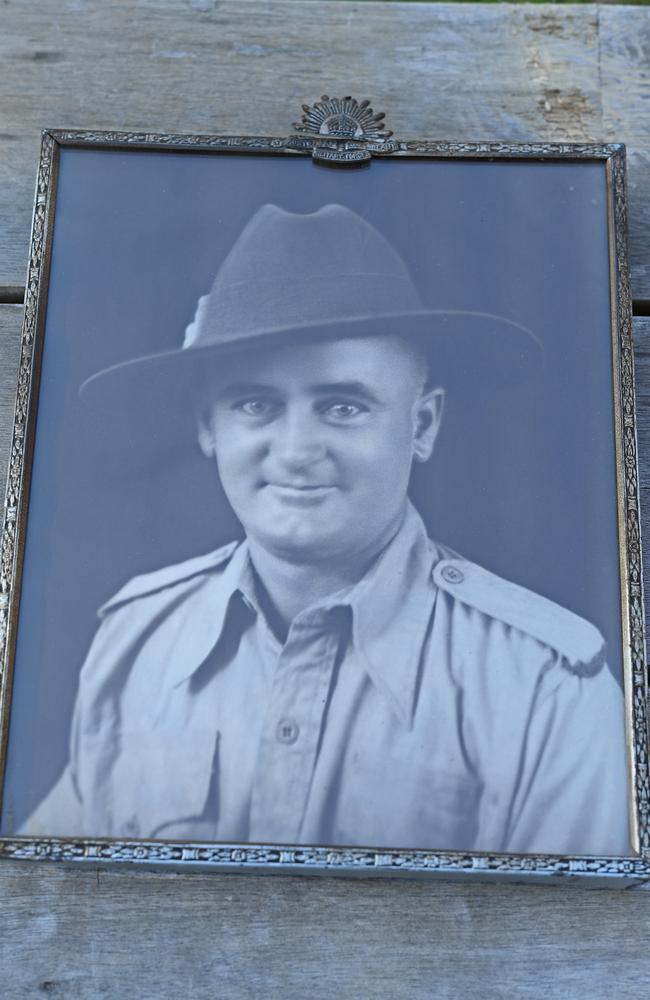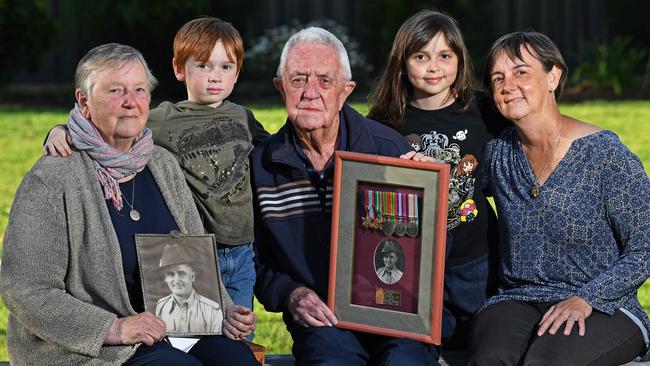Quiet, caring Sandakan victim’s family believe officials covered up their failure to stop the horror
Alan’s wife never truly knew what became of her husband — part of what his South Australian family believe was a bid to hide a horror of unbelievable magnitude and a shocking failure to save the victims.
National
Don't miss out on the headlines from National. Followed categories will be added to My News.
Henry Alan Sandercock was a quiet hero who died in the worst military atrocity to befall our nation — an event his SA family believe was covered up, not just by the Japanese perpetrators but in part by officials at home.
One of 2500 prisoners of war who died in Borneo’s notorious Sandakan prison and on the horrific Death March across the rugged interior in 1945, Alan, as he was known, left behind a widow who never learned the truth of his fate.
‘EVERYONE SHOULD WATCH’: War vet returns to hell in VR
WE NEED THIS FOR SCHOOLS: ScoMo backs Anzac VR app
Ahead of Remembrance Day, Alan’s son Graham — who never had a chance to know his father properly — and daughter-in-law Jenny, with their extended family, urged fellow Australians to remember a story that in comparison to other wartime events is rarely discussed, despite its magnitude.

They tested the new immersive Anzac360 film covering the Sandakan episode and urged others to watch it.
“I definitely feel there was a cover-up, because it was so horrific and because many prisoners were killed after the end of the war had been declared,” said Jenny, from her home in Millswood. She has researched Sandakan extensively.
“Information should have gone to the families. Graham’s mother went to her grave not knowing what had happened to Alan and that was in 1981. She thought that he had died working on a railway.”
Jenny also pointed to evidence uncovered by Sandakan expert Lynette Silver, an Anzac360 consultant, that a rescue mission was prepared then cancelled was another red flag as to a cover-up.

“The fact that the rescue plan was scrapped because of faulty intelligence and had been aborted when commandos were so close, it would have left the government very embarrassed and ashamed knowing how badly families had been let down,” she said.
In total, 1787 Australians and 641 British died at the camp or while being used as an ever-weakening labour force in the final months of the war.
Only six survived, by escaping; the rest died from exhaustion, illness or at the hands of their guards — in some cases, murdered in remote holding camps days after the war officially ended.
Originally published as Quiet, caring Sandakan victim’s family believe officials covered up their failure to stop the horror
